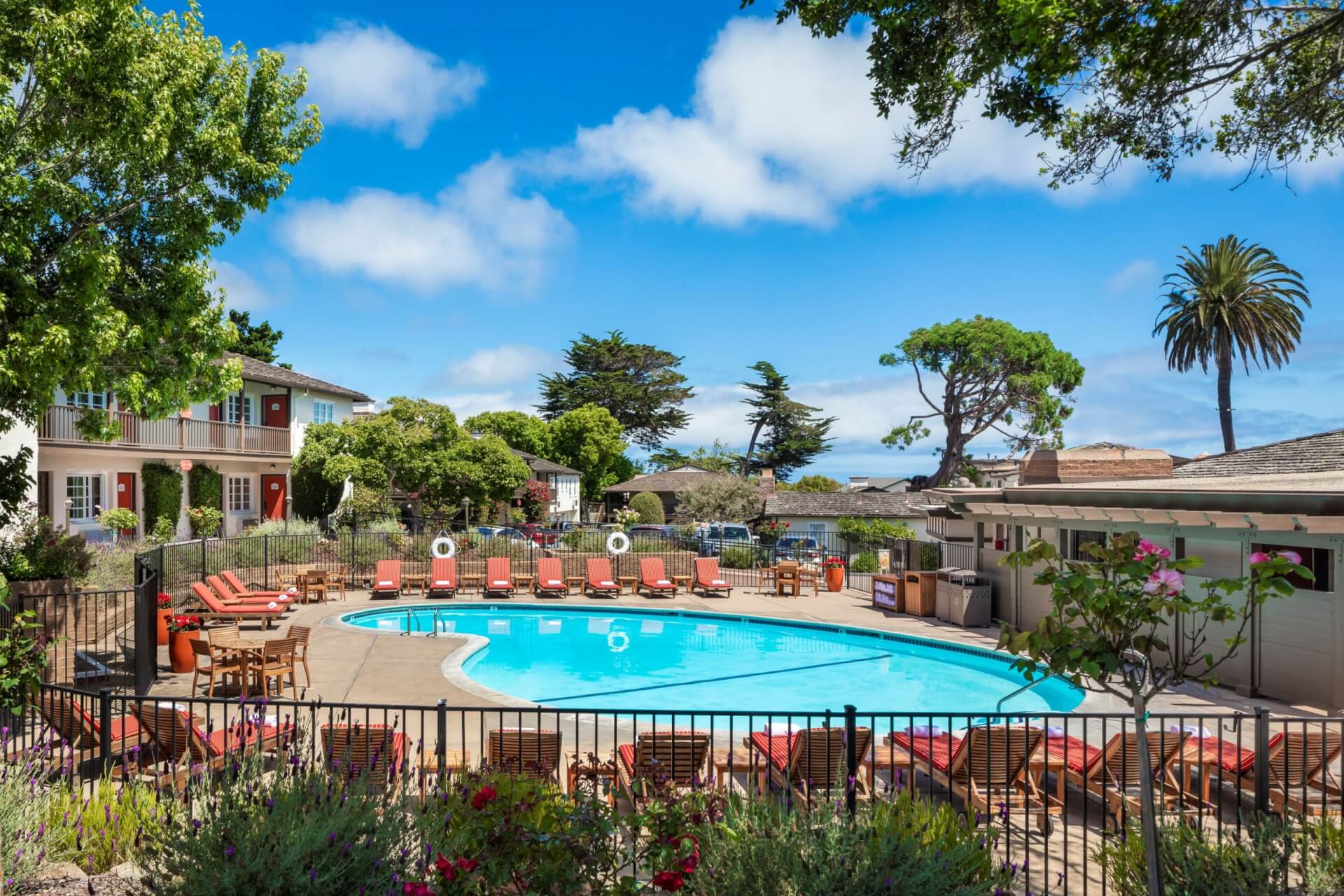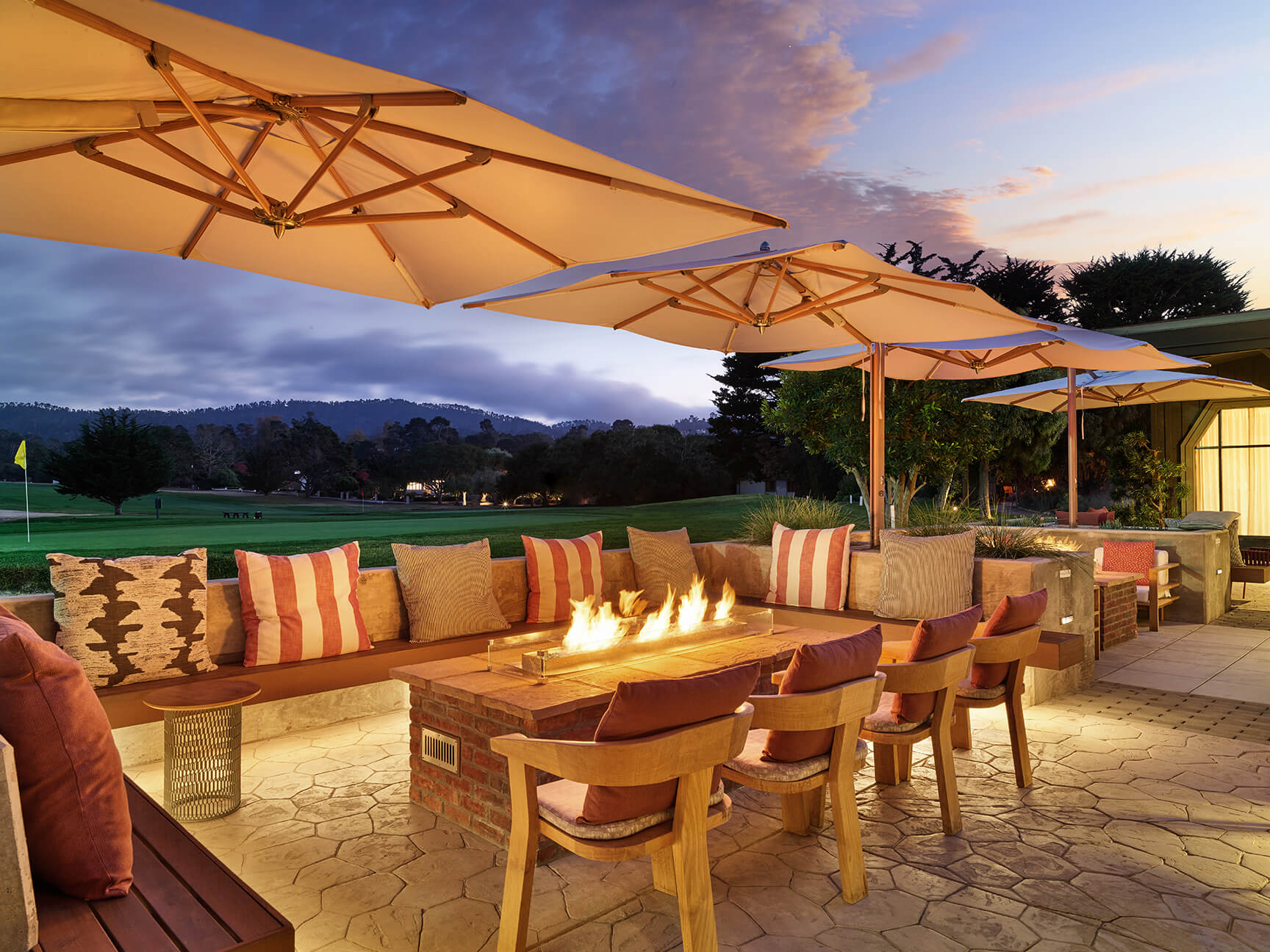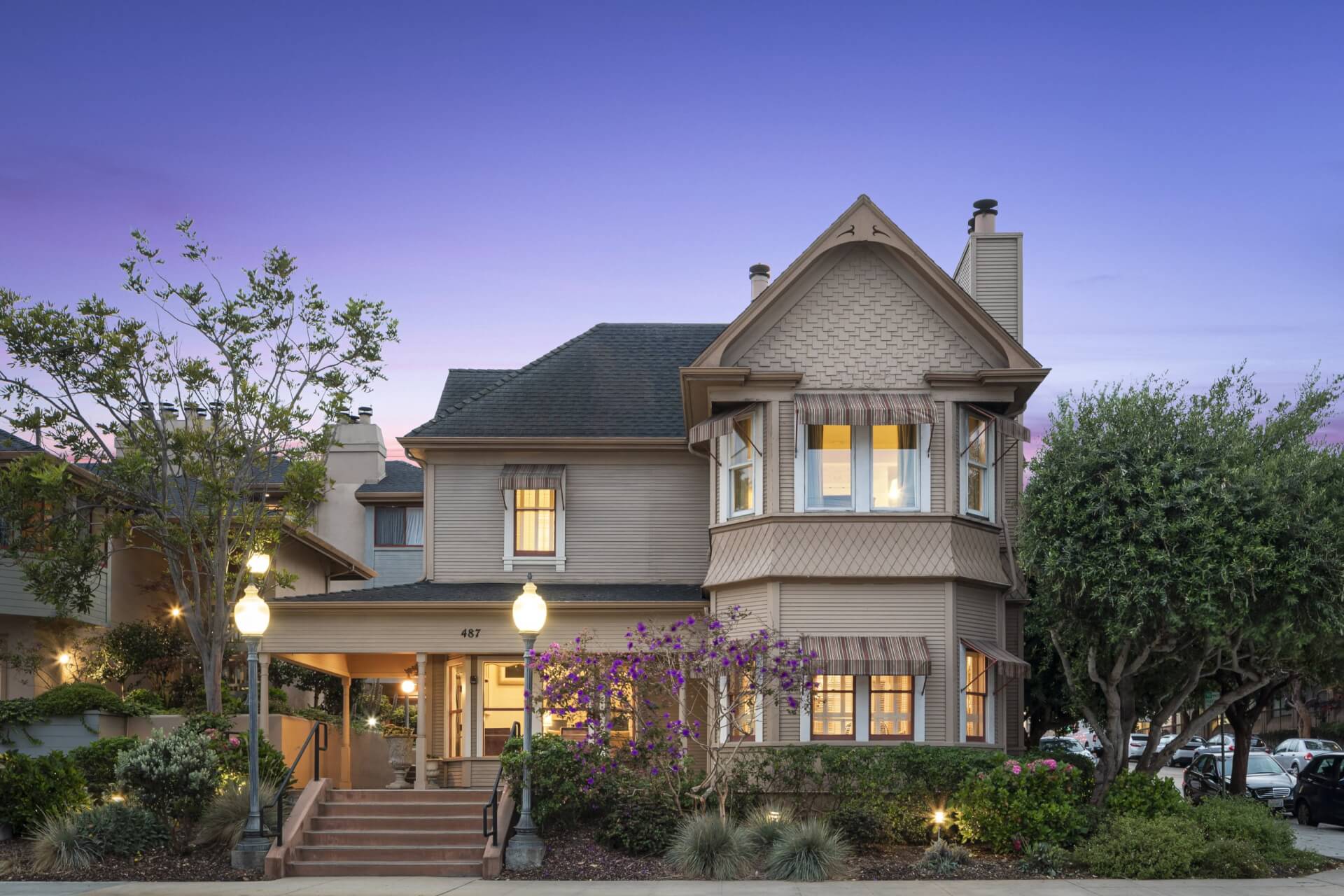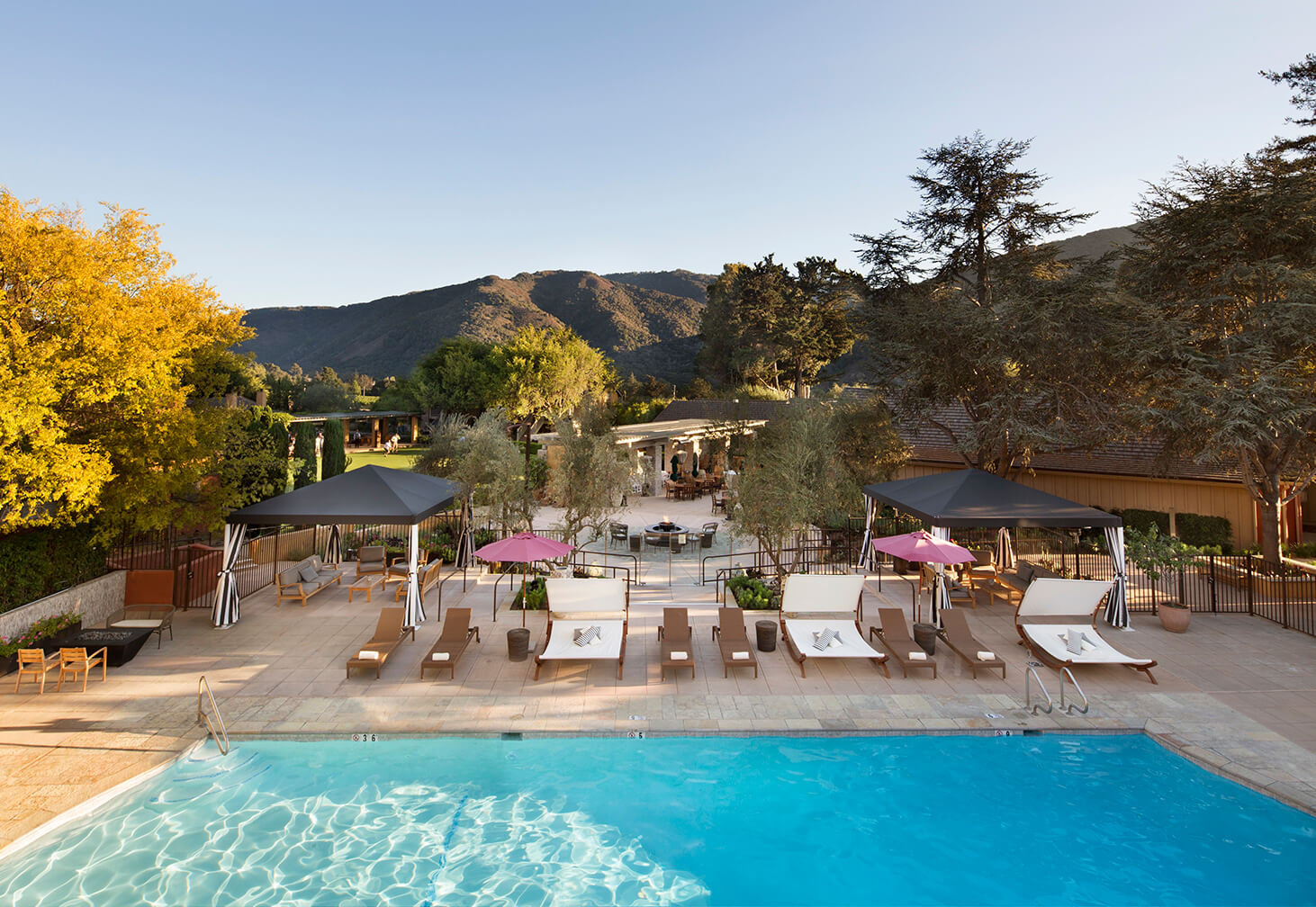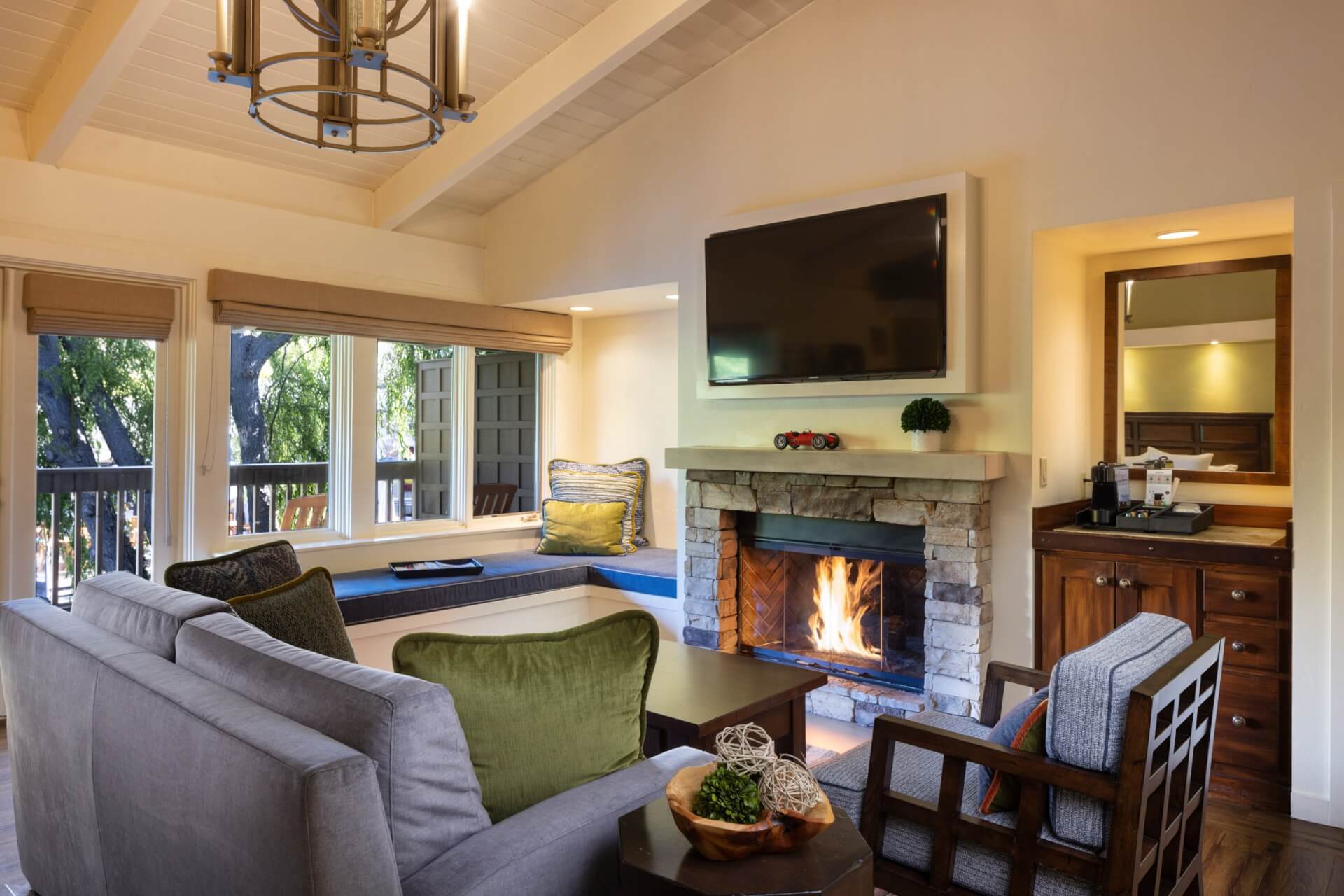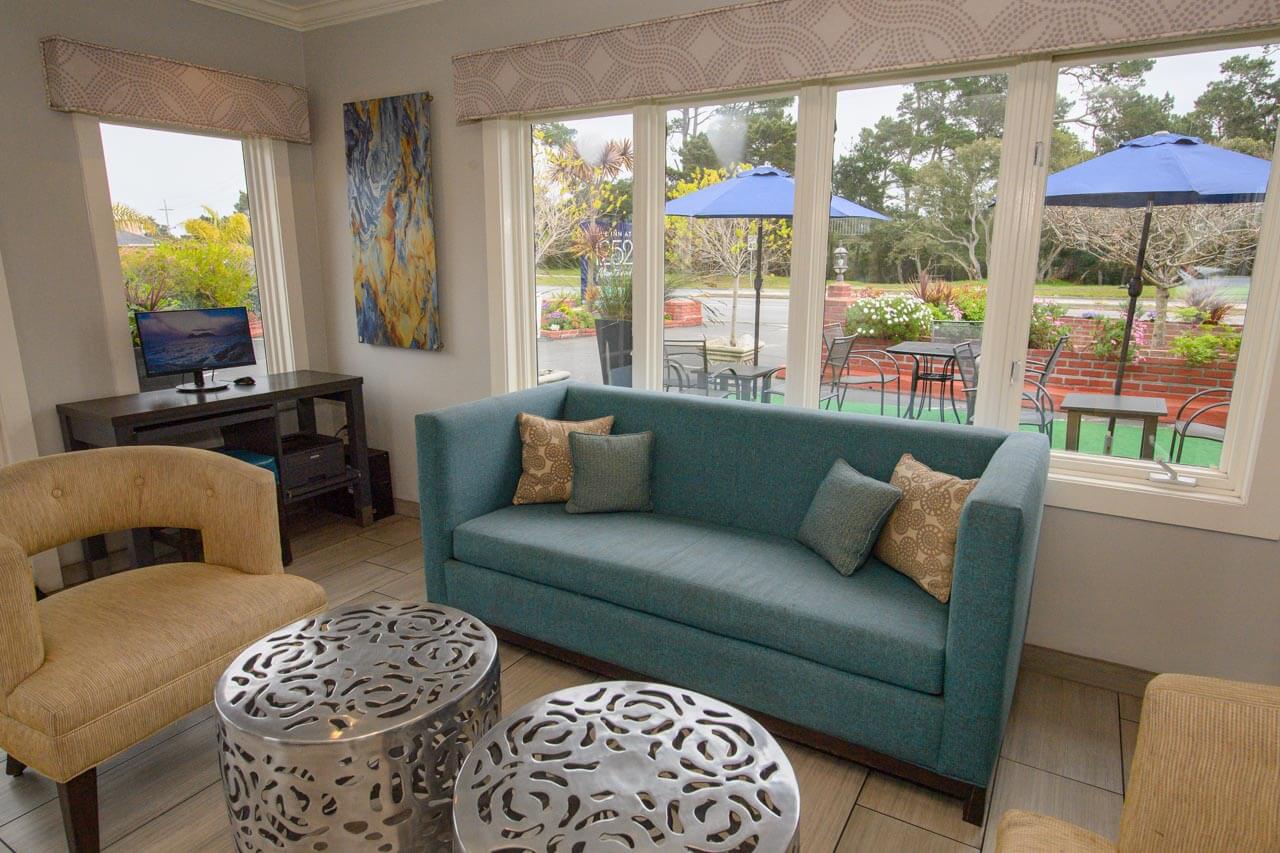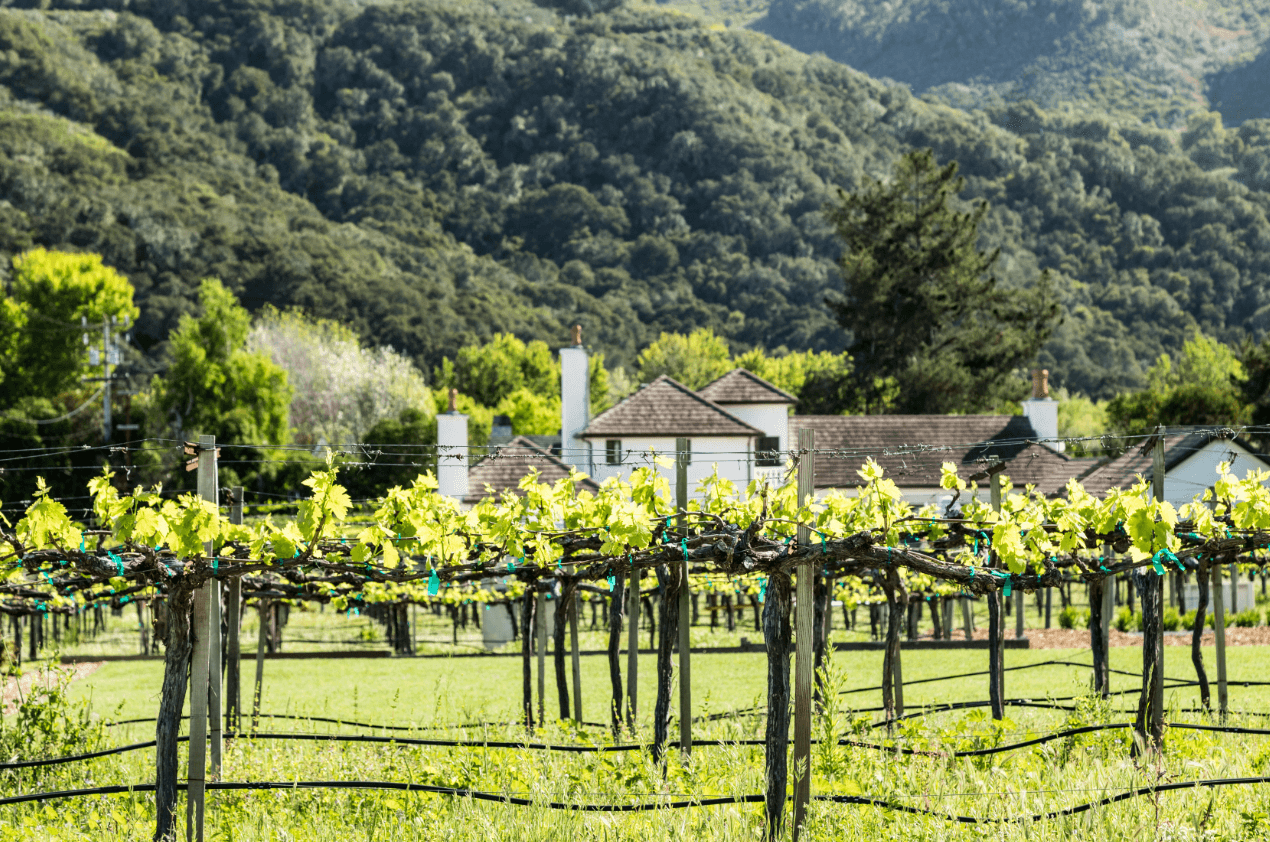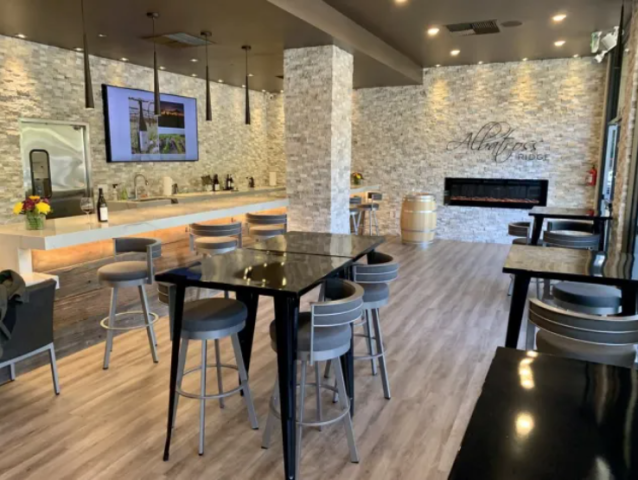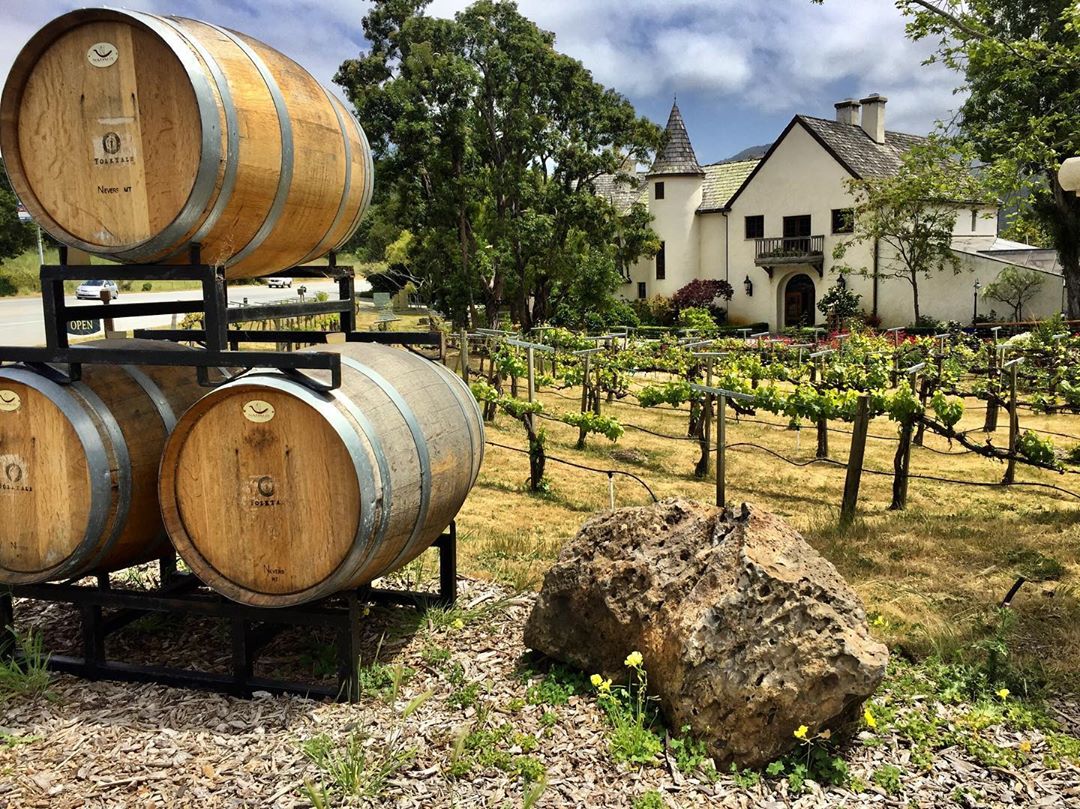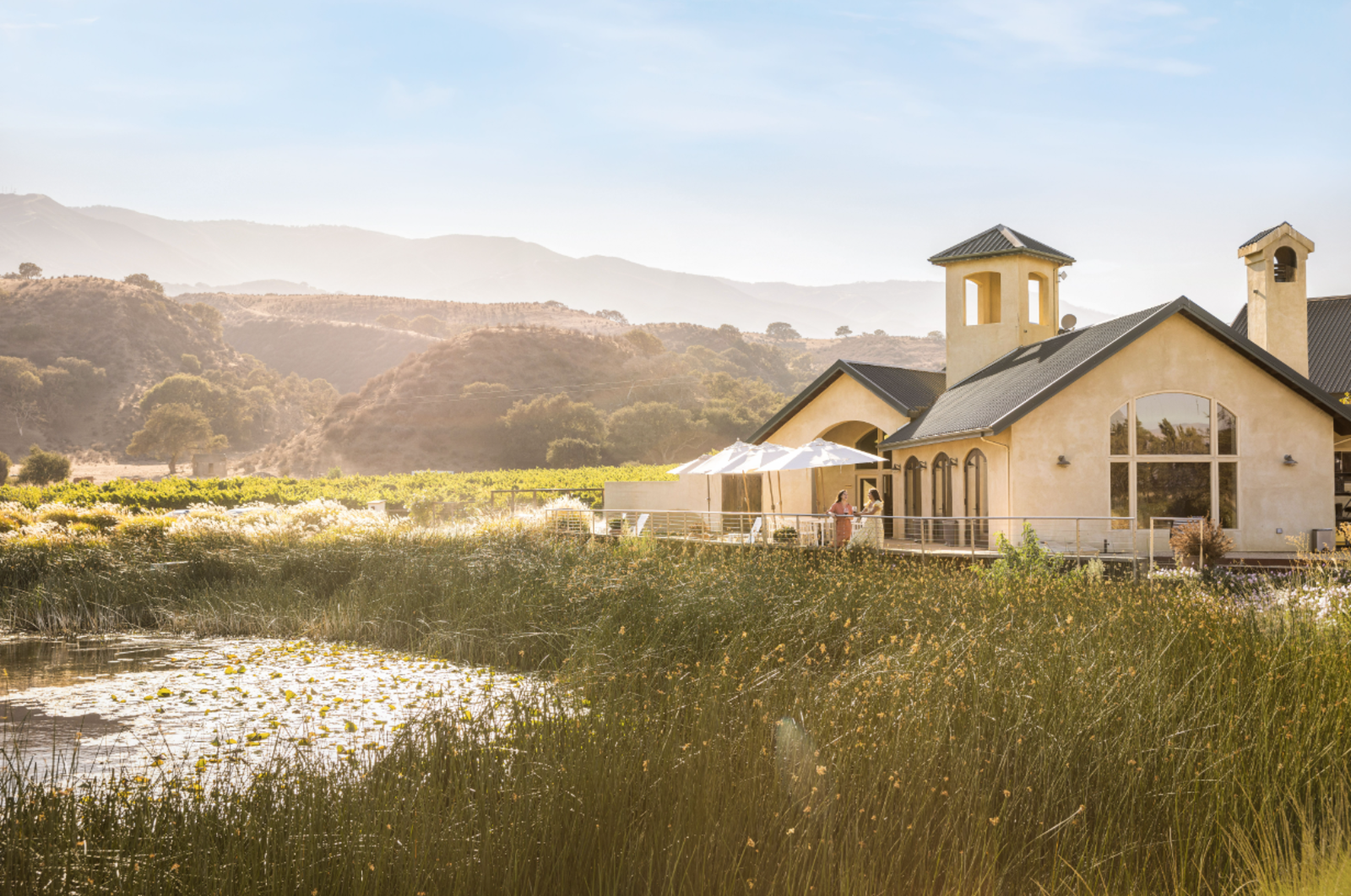Monterey County is one of the largest wine growing and producing regions in California, made famous by unique microclimates and diverse growing conditions across 45,000 acres of premium vineyards that produce 53 varietals, including Pinot Noir and Chardonnay.
The secret to Monterey's viticultural success is the "Blue Grand Canyon": the cold, deep waters of Monterey Bay bring fog and moderate temperatures throughout the growing season and infuse every drop of the region's wine with an impressive style and structure. Oenophiles can enjoy Monterey wine at over 65 tasting rooms in popular wine tasting areas including Monterey Wine Trail in Salinas Valley, sun-kissed Carmel Valley and the charming one-square-mile village of Carmel-by-the-Sea.
Wineries, Tasting Rooms & Wine Tours
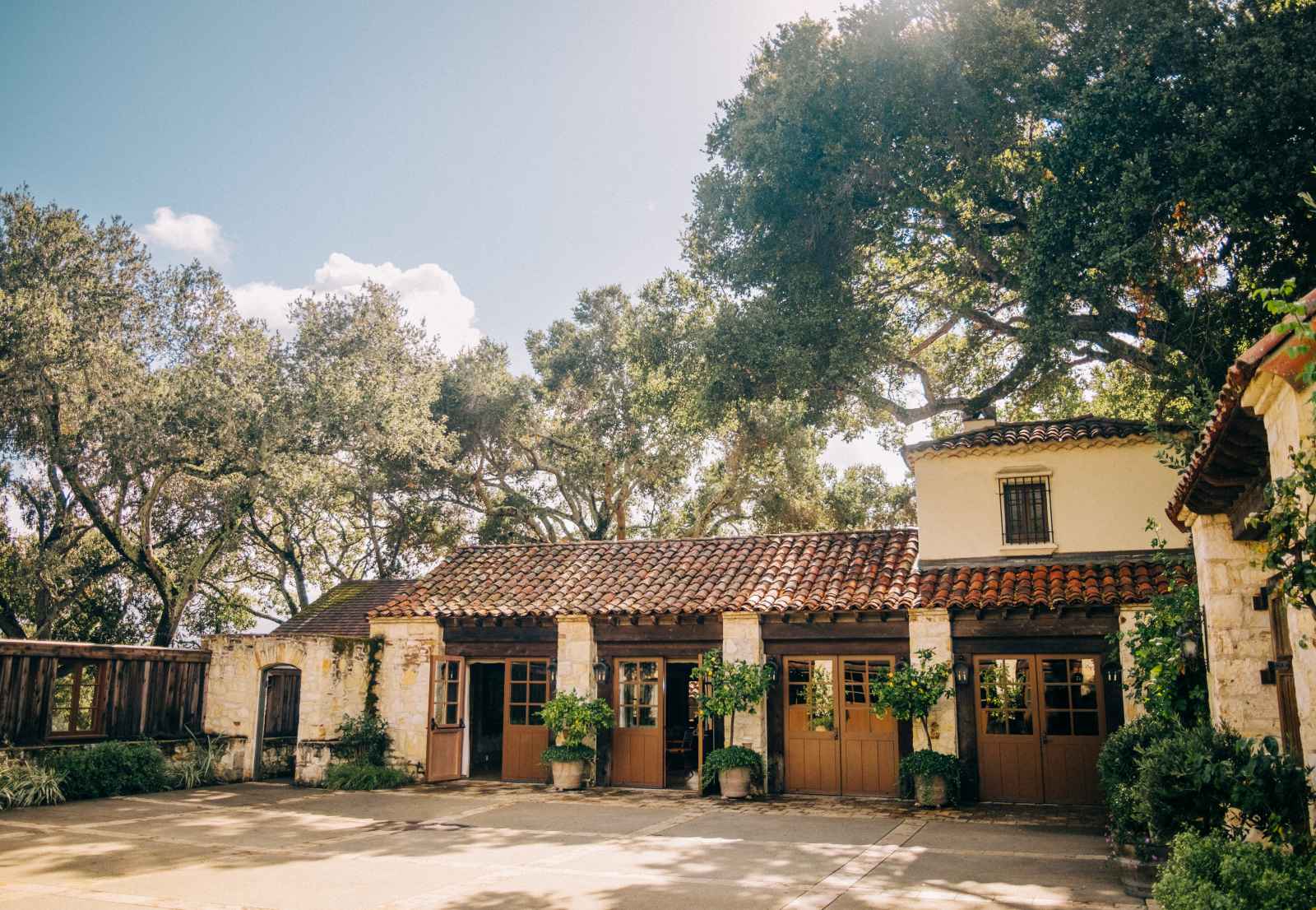
Holman Ranch Vineyards
This exciting journey with Holman Ranch Vineyards begins with an exhilarating ATV ride through their upper vineyards, treating you to breathtaking views of the rarely accessible Santa Lucia Highlands. You’ll also have the chance to explore their wine caves and dive into the captivating history of Carmel Valley. The whole experience lasts around 1.5 hours and concludes with a delightful tasting of five exceptional wines.
Fun Fact: Carmel Valley, CA enjoys 300 sunny days, perfect for pool fun! Holman Ranch boasts the area’s first pool, renovated in 2021. Combine pool days with wine tastings in the property’s caves and rounds of bocce.
Kombi Tours
Have you ever wondered what it is like to take a tour on an old-school 1970 Volkswagen bus, affectionately called “The Sweet Pickle”? Now you can with Kombi Tours! With its limited space for up to 6 passengers, it is the perfect intimate experience to explore the different wineries and breweries on the Monterey Peninsula and Carmel Valley! And don’t forget to indulge in the complimentary charcuterie board onboard. The Sweet Pickle is also available for private custom tours and special events.
Ag Venture Tours
Looking for a fun and educational experience that combines wine tasting, sightseeing and agriculture? Ag Venture Tours offers half-day van or walking tours, as well as full-day tours for groups of up to 12. If you’re interested in more wine tour options, Monterey Guided Wine Tours has you covered with their “Wine Tour for Two” and “Wine Connoisseur’s Package.” And for an exclusive behind-the-scenes look at wineries, vineyards and tasting rooms, consider booking a tour with Behind the Scenes Wine Tours. You might even get to meet the owners and winemakers!
Must-Try Local Wine Producers
While not every wine producer in the county hosts events in September, you can still celebrate by paying a visit to the various vineyards and wineries in the region.
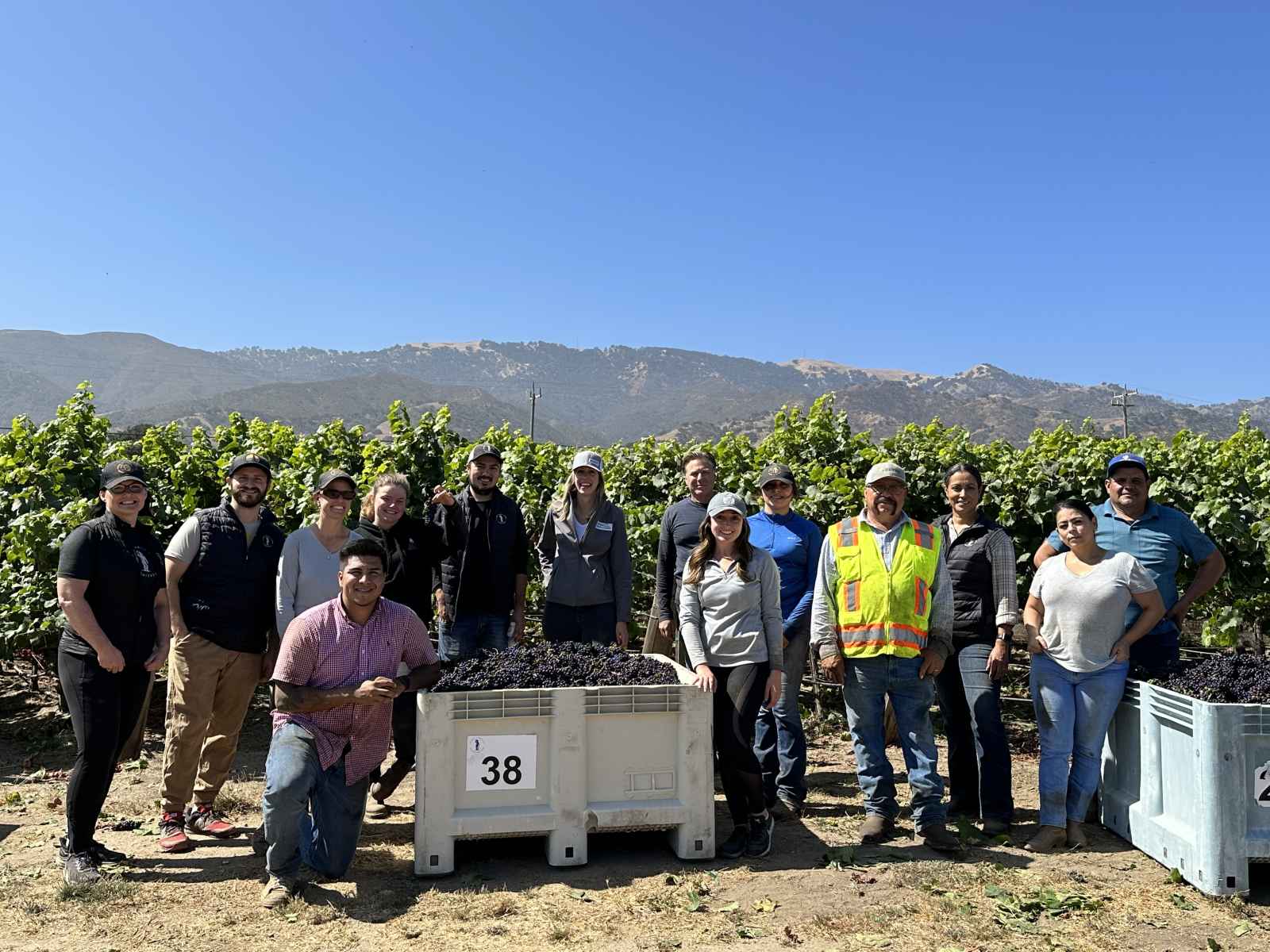
Scheid Vineyards – Marta Kraftzeck of Scheid Vineyards is a wine industry veteran with more than 30 years of experience. As the first female winemaker in Monterey County, Kraftzeck brings her worldliness and knowledge of the best fruit to every bottle, which is made in Scheid’s state-of-the-art wine-producing facility. This facility has a crushing capacity of 30,000 tons. Scheid also has tasting rooms open to the public, including one in Carmel-by-the-Sea and another in Greenfield.
Parsonage Vineyards – Just down the road, Parsonage Vineyards allows for premium flights of five wines or reserve flights of three.
Pierce Ranch Vineyards – Pierce Ranch Vineyards tasting room is another great stop—housed on Cannery Row. Here guests can taste everything from their port to Albarino.
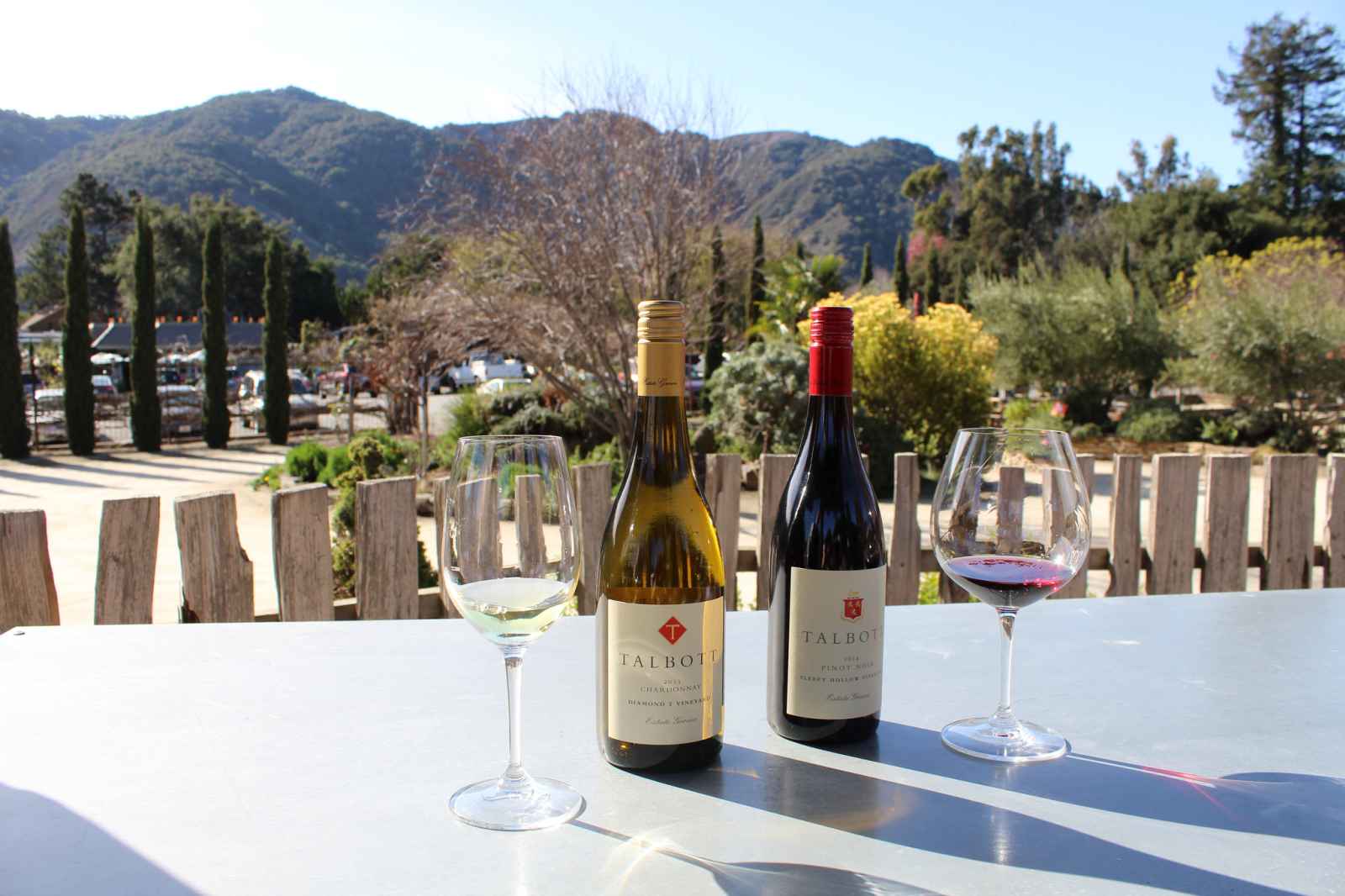
Talbott Vineyards – Talbott Vineyards has a popular tasting room. Enjoy its Sleepy Hollow Chardonnay or Pinot Noir as well as the fun motorcycle museum run by the owner.
A Taste of Monterey – This regional wine market and bistro is a must-see when in Cannery Row, Monterey. Discover the culinary delights of Monterey Wine Country and take in the magnificent ocean’s edge location while sampling locally sourced wine and food. An entire wall of windows overlooks the majestic Monterey Bay, providing a stunning backdrop view for a wine tasting and/or dining adventure. Housed in a renovated circa 1918 sardine cannery and showcasing over 95 Monterey County wineries, A Taste of Monterey is truly a gem!
Sustainable Vineyards
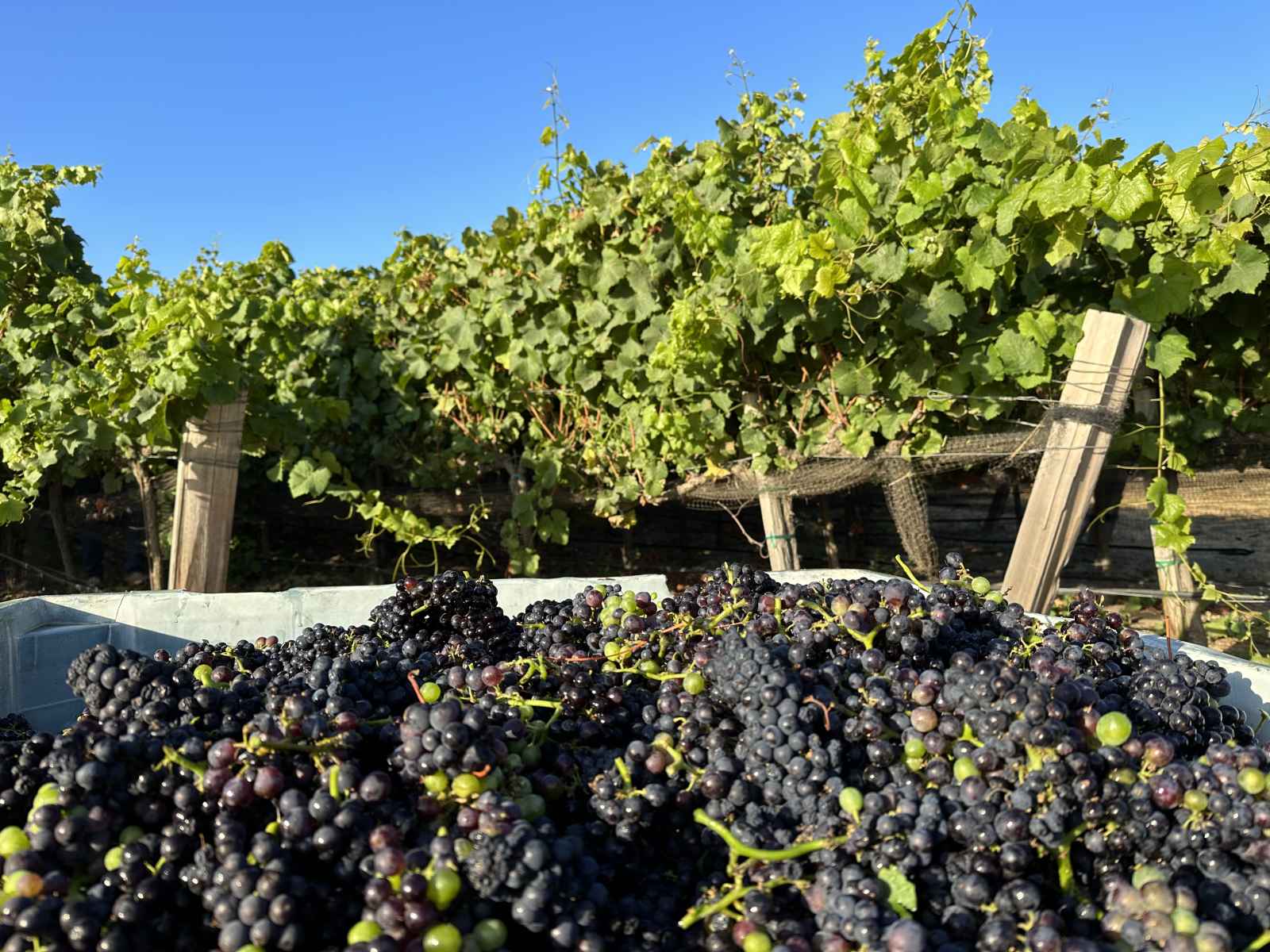
Monterey County works hard to make our communities the very best places to live and to visit; support healthy lifestyles, create jobs and surround ourselves with a thriving environment for years to come. We understand the responsibility we must manage our resources and ensure harmony between all aspects. Our viticulture industry understands this responsibility and works day to day to ensure they are using the most effective practices for sustainability. Vineyards such as Di Tierra Vineyards and McIntyre Vineyards are sustainability in practice certified along with Scheid Family Wines which has 4,000 acres of sustainability-certified vineyards and a wind turbine to assist with their commitment to sustainability.
No matter where you go in Monterey County during the month of September, you’re sure to stumble upon an impressive vineyard or winery—and the perfect spot to celebrate California Wine Month. So, book a private tour, grab a ticket for a wine harvest event or simply sip some wine alfresco while listening to live music.
What Makes Monterey County Wines Unique
Full-bodied, enticing and a tad sultry. Monterey County wines are no longer the best-kept secret. For the last four years, Monterey County has been named by Wine Spectator as California’s best vintage region for Pinot Noir with flavors ranging from sweet black cherry to black raspberry and aromas of vanilla, clove, coca-cola and caramel.
Certainly Pinot Noir and Chardonnay grapes benefit from the deep Submarine Canyon in the Monterey Bay which ensures the region gets its share of daily breezes, which cools off the hot inland regions of the county. However, Monterey County wineries’ reputation for great wines has largely grown from their unique approach to making wine accessible to everyone and a raised consciousness that has put them at the forefront of the sustainable movement for decades.
There is an intimacy and openness found in Monterey County that you just don’t find in other wine regions. Whether you are exploring the coastal wine tasting rooms throughout the Monterey Peninsula and Carmel-by-the-Sea or the valley wineries along the Monterey Wine Trail or Carmel Valley Road, you will feel the purest sense of hospitality. Often you can meet the owner or winemaker who would be happy to share their passion for the region, its people and of course their wines: particularly at tasting rooms of Joyce Vineyards, Galante Vineyards, McIntyre Vineyards, Holman Ranch or Manzoni Cellars.
Dawn's Dream Winery
Charity and community are at the heart of Dawn’s Dream Winery, where a percentage of every credit card purchase is automatically donated to Rising International, a local non-profit that supports women locally and globally to rise out of extreme poverty. The owner is known for investing much of her time in giving back to local communities and organizations. In honor of their founding winemaker and owner, Jarman Wines has partnered with the Alzheimer’s Drug Discovery Foundation and committed a portion of inventory and a percentage of sales towards finding a cure for Alzheimer’s Disease.
Bernadus Vineyards
Bernardus Vineyards and Winery offers food and wine pairing events throughout the summer, such as Pigs and Pinot on the Patio. The Urban Wine Trail in Marina features three urban wineries are open the first Saturday afternoon of every month.
There are so many different ways to enjoy the award-winning wines of Monterey County, locals and visitors alike are assured of finding the winery tailored for their perfect pairing.

